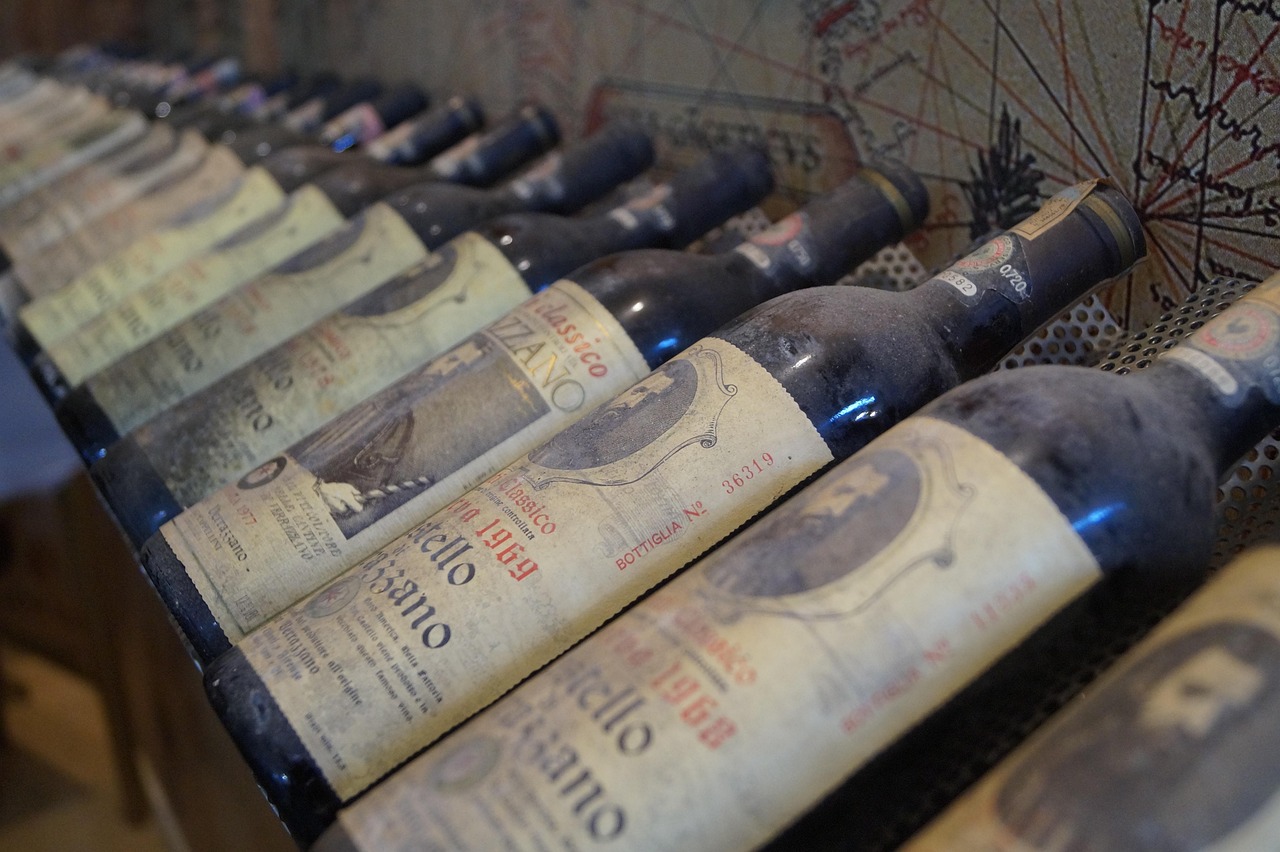The professional storage of high-quality wines
Introduction
The storage of high-quality wines is a decisive factor for their long-term value development and enjoyment quality. Whether as an investment or for a personal collection, improper storage can lead to a serious loss of quality and reduce the financial value. This article looks at the scientific, technical and practical aspects of wine storage, from optimum climatic conditions and storage systems to common mistakes and how to avoid them.
1 The basics of wine storage: Why is proper storage so important?
Wine is a living product that reacts to environmental influences. Incorrect storage conditions can lead to the following problems:
Oxidation (due to the influence of oxygen)
Cork defects (drying out or mould growth)
Loss of flavour (due to temperature fluctuations)
Maturation disorders (too fast or too slow development)
Professional storage is particularly essential for expensive collector's wines (e.g. Bordeaux Premier Crus, Burgundy Grand Crus), as their value depends heavily on perfect maturity.
2 Optimal storage conditions for wine
2.1 Temperature
Ideal range: 12-14 °C
Why?
Too cold (<10 °C): The ripening process slows down extremely.
Too warm (>18 °C): Accelerated ageing, risk of "cooking wines" (loss of flavour).
Consistency is crucial: fluctuations of more than ±2 °C should be avoided.
2.2 Humidity
Optimal: 65-75% relative humidity
Too dry (<50 %): The cork dries out, oxygen penetrates (oxidation).
Too humid (>80 %): Mould growth on labels and corks.
2.3 Lighting conditions
Darkness is essential, as UV light triggers chemical reactions that spoil the wine ("light flavour").
Brown or green bottles offer more protection than clear ones.
2.4 Storage position
Always store bottles horizontally so that the cork remains moist.
Exception: Screw caps or certain spirit wines (e.g. sherry) can also be stored upright.
2.5 Air quality & vibrations
No strong odours (e.g. paint, chemicals), as wine can absorb foreign aromas through the cork.
Avoid vibrations (e.g. from washing machines or underground railway shafts) as they disturb the sediments and have a negative effect on maturation.
3 Comparison of different storage systems
3.1 Professional wine cellars
Advantages:
Naturally constant temperature and humidity.
No electricity costs.
Disadvantages:
High construction costs.
Not realisable everywhere (lack of cellar, groundwater).
3.2 Air-conditioned wine cabinets
Advantages:
Precise temperature and humidity control.
Compact and flexible installation.
Disadvantages:
Electricity-dependent.
Limited capacity.
3.3 External wine storage (wine depots)
Advantages:
Professional monitoring (e.g. at Cult Wines, Octavian).
Insurance against theft and damage.
Disadvantages:
Monthly fees.
No direct access to the wines.
3.4 Improvised storage solutions (e.g. at home)
Risks:
Temperature fluctuations (e.g. in garages or attics).
Moisture problems.
Emergency solution: The coolest, darkest room (e.g. wardrobe with hygrometer)

4. common mistakes in wine storage
| Mistakes | Consequences | Solution |
|---|---|---|
| Storage too warm | Premature ageing, loss of flavour | Air conditioning or wine refrigerator |
| Dry air | Corks dry out, oxidation | Humidifier or damp cloths |
| Exposure to light | "Light flavour", degradation of aromas | Store in the dark or UV protective film |
| Vertical storage | Cork becomes porous | Always store horizontally |
| Odour pollution | Foreign flavours in the wine | No chemicals in the vicinity |
5. long-term control & care of the wine collection
Hygrometer & thermometer to monitor humidity and temperature.
Regular visual inspection (mould, dried out corks).
Inventory list with vintages and maturation times so as not to miss optimal drinking windows.
6 Conclusion: The art of perfect wine storage
The professional storage of high-quality wines is a science in itself. Whether you are an investor or a passionate collector, top wines can only realise their full potential under optimal conditions. Anyone investing in wine for the long term should invest in a professional storage solution (e.g. climate-controlled depot or wine refrigerator) in order to avoid loss of value.
Remember:
"A good wine deserves a good place - temperature, humidity and darkness are the three pillars of perfect storage."
This essay serves as a comprehensive guide for collectors and investors. For valuable collections, we recommend consulting a wine expert or a professional storage company.


